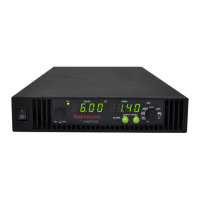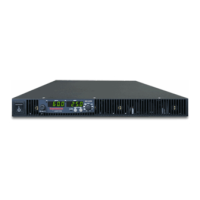Why is my Ametek Sorensen XG device not detected by DeviceInstaller?
- LLawrence McbrideJul 30, 2025
There are several reasons why DeviceInstaller might fail to detect your Ametek Power Supply device: * The ENET cable may not be a cross cable. Ensure you are using the correct ENET cross cable. * The power supply may not be turned on. Make sure the power supply is ON. * The network configuration might be preventing communication. Try connecting a laptop to the HUB or switch that the unit with the ENET option is connected to and ping the computer you are using DeviceInstaller on. If there is no response, contact your network administrator to check if ICMP requests are being filtered. * DeviceInstaller may not be configured to use the correct Ethernet card. See “Selecting a Network Adapter” on page 6-10.



